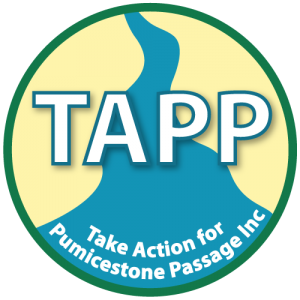William Johnston, Department Agriculture and Fisheries
Bill Johnston is a Principal Agricultural Economist with the Department of Agriculture and Fisheries in Queensland based at the Maroochy Research Facility in Nambour. He began his career in the Burdekin working with the sugarcane and horticulture industries. He later moved to the Bribie Island Aquaculture Centre where he broadened his skills base into aquaculture and fisheries work. From there he moved to his current location working across all sectors in agriculture and fisheries. Bill has 25 years’ experience in applying economic principles to assist the development of the agricultural sector and has an international reputation for extension of robust economics. He is currently undertaking a PhD at the University of the Sunshine Coast that is undertaking economic research to support rural livelihoods in Fiji and Tonga.
Abstract:
The Pumicestone Catchment extends from Caloundra to Bongaree and west beyond Beerwah and Beerburrum. It is a unique catchment that is well known for its production of pineapples and strawberries. However, it has a significance that extends beyond its iconic horticultural crops. The Pumicestone catchment covers two local government areas (LGAs), Sunshine Coast and Moreton Bay North. Broad data at the catchment level indicates that there are 159 agricultural businesses generating approximately $390 million in gross value. This represents 2.5% of the total gross value of Queensland agriculture. Horticulture, more specifically, generates $247 million (63%) of the catchments gross value of agricultural production (GVAP). Drilling down even further, intensive horticulture (i.e. nurseries, glasshouses, shade houses) generate $102 million GVAP, perennial horticulture (i.e. pineapples and tree crops) generate $99 million GVAP, and seasonal horticulture (i.e. strawberries and other annual crops) generates $47 million GVAP. While we can generate broad data for the Pumicestone catchment, much of the specific crop data will be presented across the two LGAs mentioned which when combined have a GVAP of $750 million. The data sources do not provide a level of detail to draw out the specific crop data, however, the Pumicestone represents over half of the GVAP for the two LGAs.
